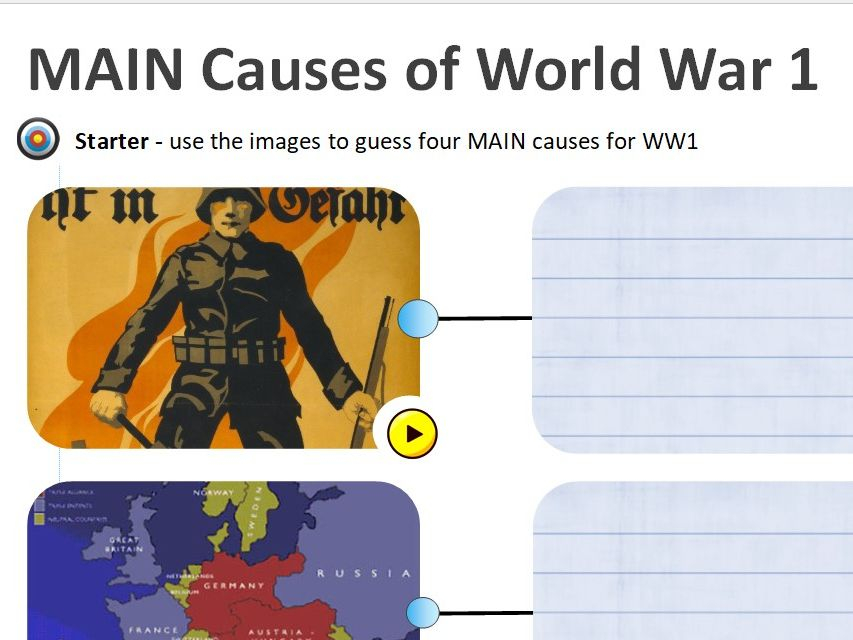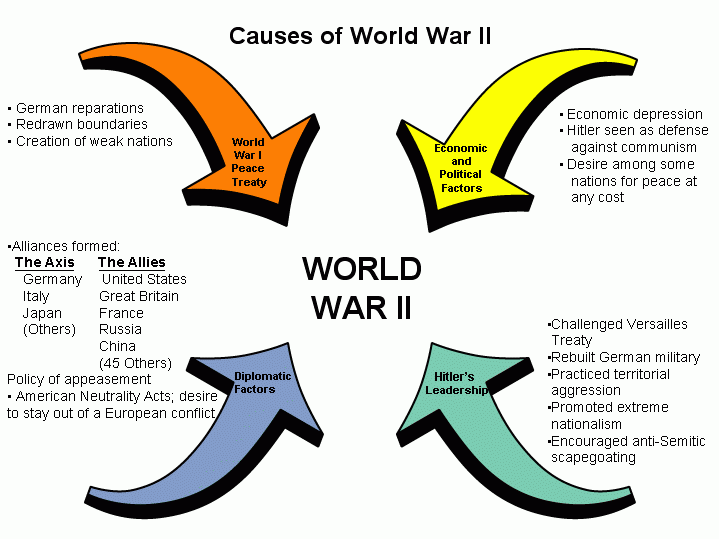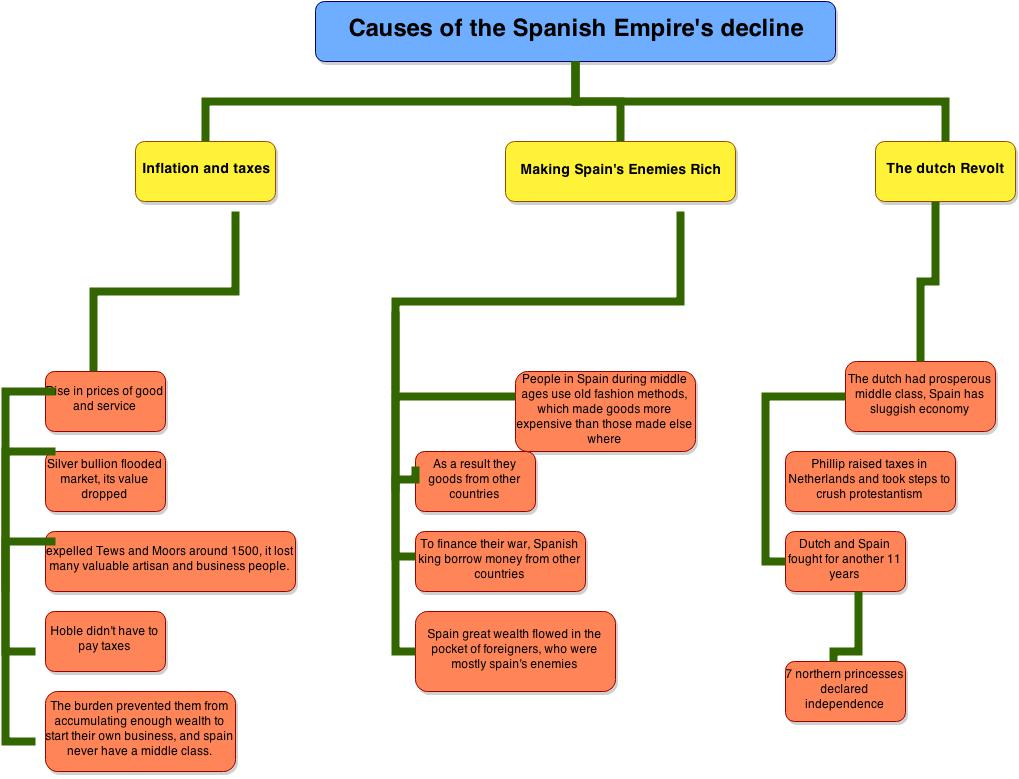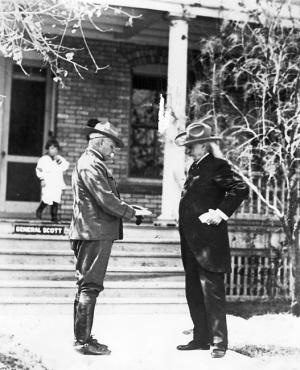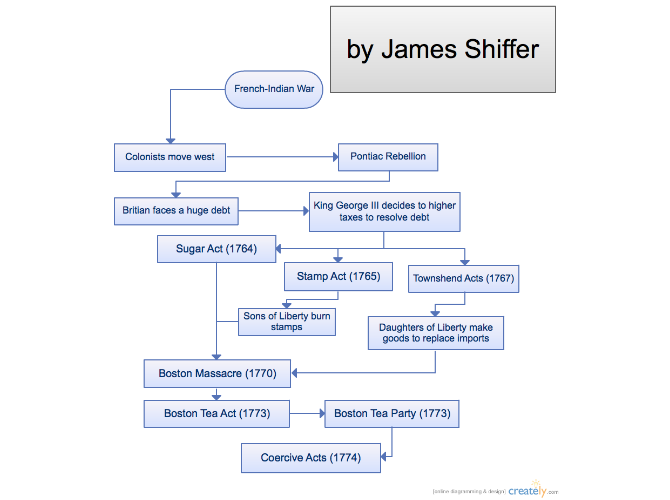World War 1, also known as the Great War, was a global conflict that lasted from 1914 to 1918. It involved many of the world’s great powers and was one of the deadliest conflicts in history. The causes of World War 1 were complex and multifaceted, with a number of factors contributing to the outbreak of the war. One way to understand these causes is through a flow chart, which can help to visualize the sequence of events that led to the conflict.
One of the key political causes of World War 1 was the system of alliances that had developed in Europe in the years leading up to the war. These alliances, which included the Triple Entente (France, Russia, and Britain) and the Central Powers (Germany, Austria-Hungary, and the Ottoman Empire), created a delicate balance of power that could easily be upset by a single event. This system of alliances meant that when Archduke Franz Ferdinand of Austria-Hungary was assassinated in 1914, it quickly escalated into a full-blown war as each country honored its commitments to its allies.
Causes Of World War 1 Flow Chart
Another political cause of World War 1 was the policy of militarism that had taken hold in many European countries. Militarism is the belief in the importance of military power and the glorification of war. This led to an arms race between the great powers, with each country trying to outdo the others in terms of military strength. This arms race created a tense and volatile atmosphere in Europe that made war more likely.
Economic Causes
One of the economic causes of World War 1 was the competition for colonies and resources between European powers. As industrialization spread across Europe in the late 19th and early 20th centuries, countries sought to expand their empires in order to secure sources of raw materials and markets for their goods. This led to conflicts over territories in Africa, Asia, and the Middle East, which in turn increased tensions between the great powers.
Another economic cause of World War 1 was the interconnectedness of the global economy. The world had become increasingly interconnected through trade and finance, which meant that a crisis in one part of the world could quickly spread to others. When the assassination of Archduke Franz Ferdinand led to war in Europe, it had far-reaching economic consequences around the world as trade routes were disrupted and markets collapsed.
Social Causes
One of the social causes of World War 1 was nationalism, which is the belief in the superiority of one’s own nation or ethnic group. Nationalism had been on the rise in Europe in the years leading up to the war, with many people feeling a strong sense of loyalty to their own country and a desire to assert its dominance over others. This sense of nationalism fueled the conflict between the great powers and made it more difficult to resolve diplomatic disputes peacefully.
Another social cause of World War 1 was the widespread belief in the glory of war. Many people saw war as a noble and heroic endeavor, and were eager to prove their loyalty to their country by fighting in battle. This glorification of war made it easier for governments to rally public support for the conflict and mobilize their populations for war.
In conclusion, the causes of World War 1 were complex and multifaceted, with political, economic, and social factors all playing a role in the outbreak of the conflict. By using a flow chart to visualize the sequence of events that led to the war, we can gain a better understanding of how these factors interacted to create one of the deadliest conflicts in history.
Download Causes Of World War 1 Flow Chart
Causes Of WWII World War 2
Flow Chart Tanin 39 s Portfolio
World War 1 And Causes World War 1 1914 1918
Flow Chart Of Causes Of The Revolutionary War Computers Hub
